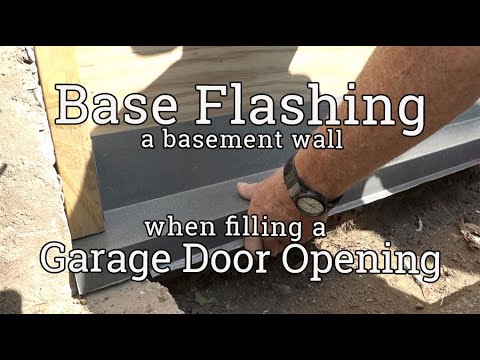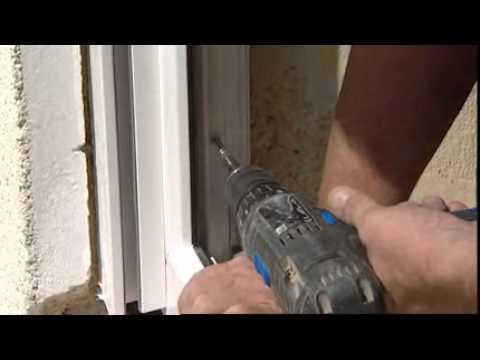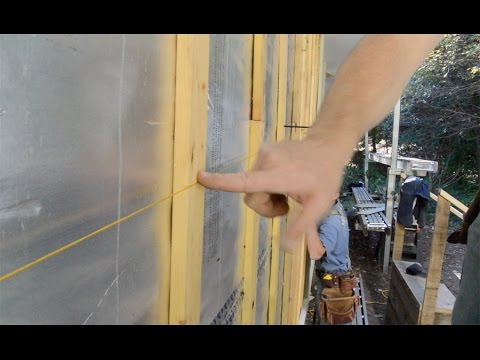An interesting project that requires redundant water management detailing
This house in central Vermont is undergoing an extensive remodel, but we’re interested in a little project out back:
Filling in a garage door opening with framing and an energy-efficient exterior door.
This house had a water problem in the basement because of a grading issue, so they broke out a section of the driveway for temporary relief while they waited for final grading.
The framing is pressure treated wherever it contacts masonry and the first course of plywood is pressure treated as well.
The door was installed next, bedded in silicone caulk run toward the inside edge of the framing cavity to keep the interior bead continuous.
Above the opening will be a deck, which collects rainwater, so this opening will be extremely sheltered.
The corners are backed out with framing lumber for trim to edge the fly-ash siding.
You can see the closed-cell spray foam that insulates and waterproofs the wall framing squeezing between the plywood sheets,
You can also see that the door is sealed to the framing on the inside with low-expansion canned foam.
The exterior system will include base flashing and a rain screen system for the composite fly-ash siding.
In the next segment, we’ll blow away the dust, squeeze out some sealant, and get that base flashing in place.
—Will Schwarz is a remodeling contractor in Marshfield, VT. This is the first in a five-part series following this project from flashing to rainscreen to siding and trim.












